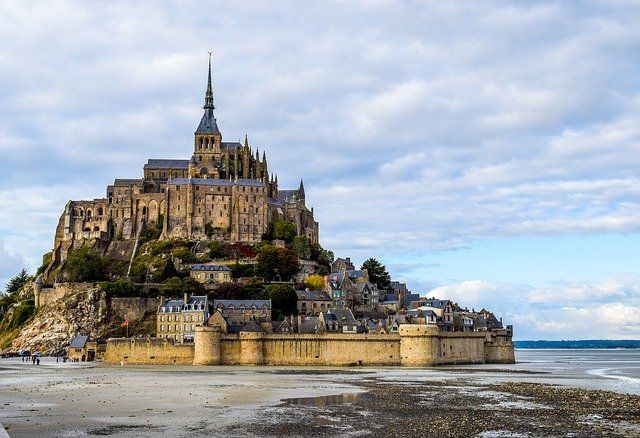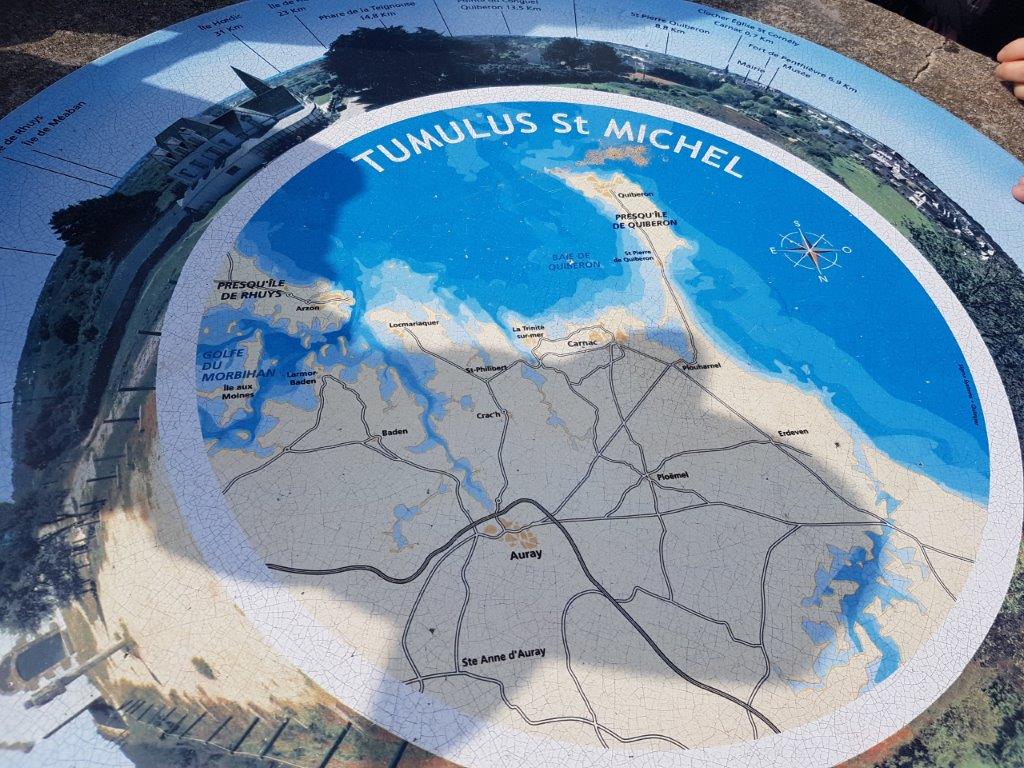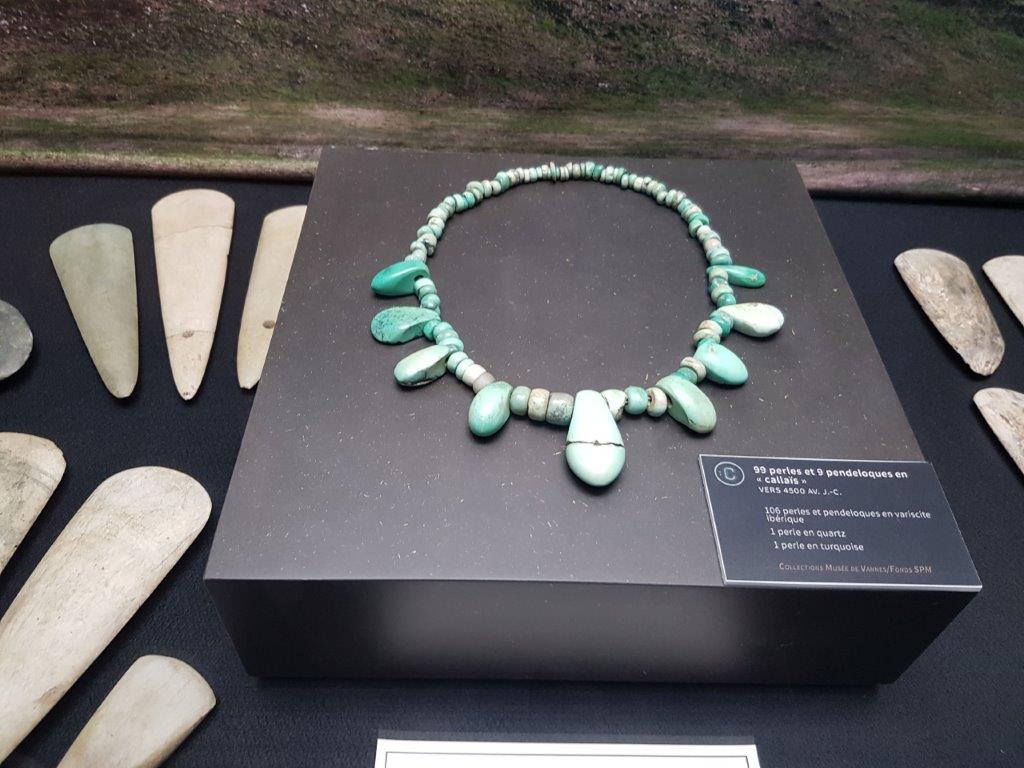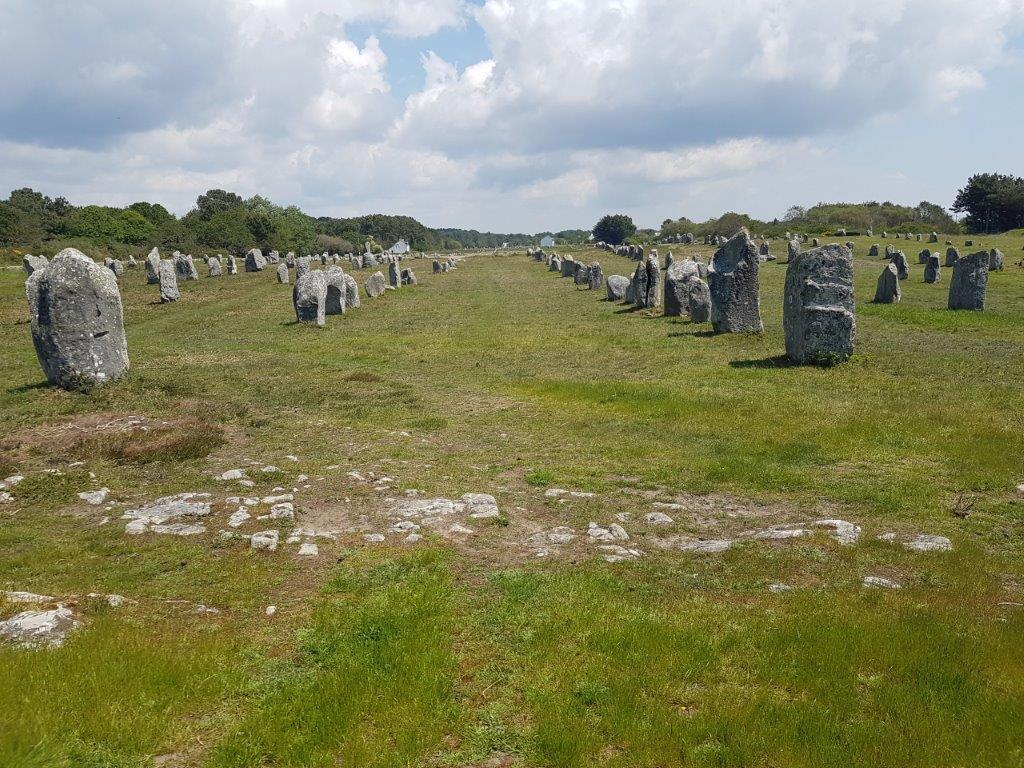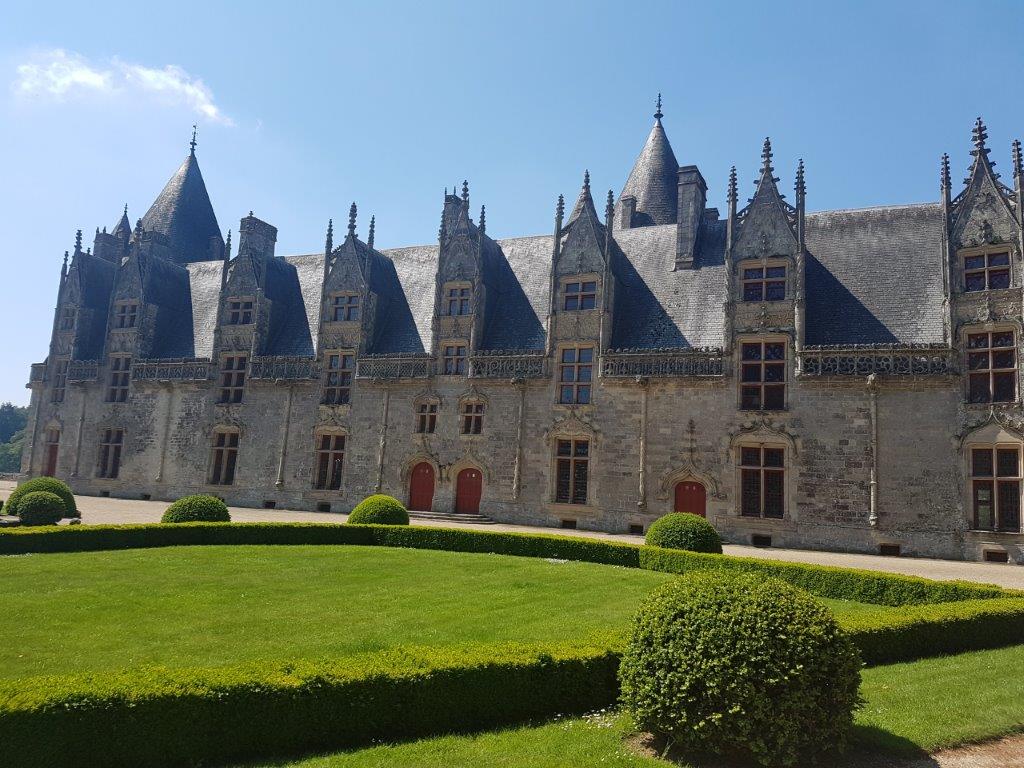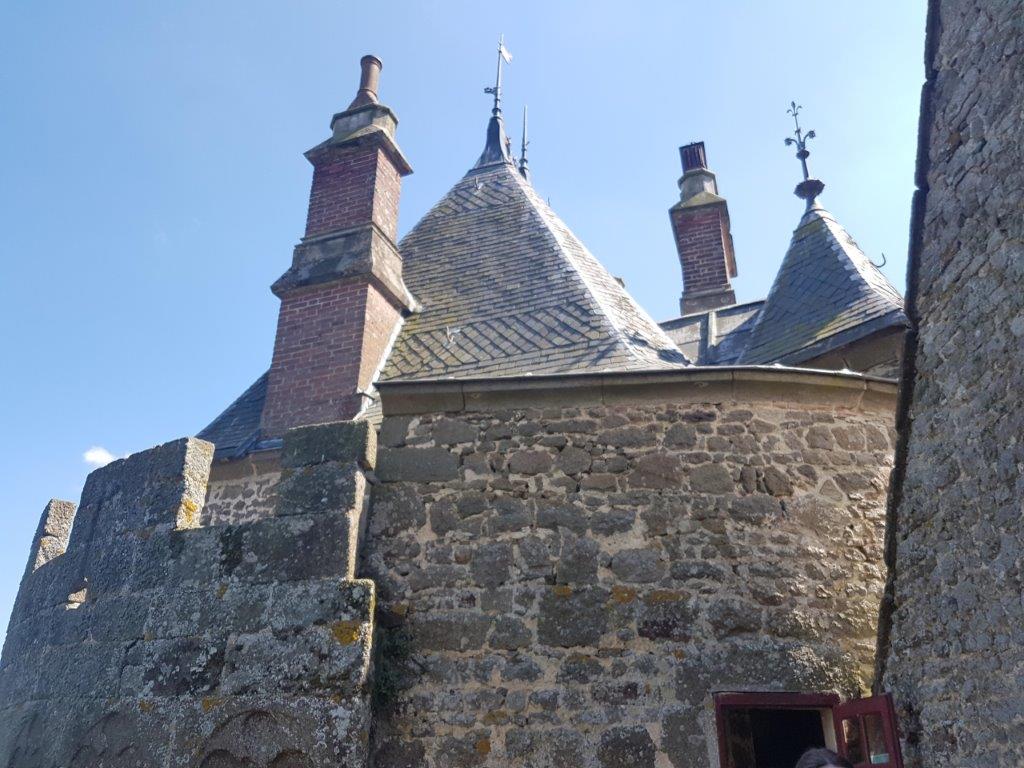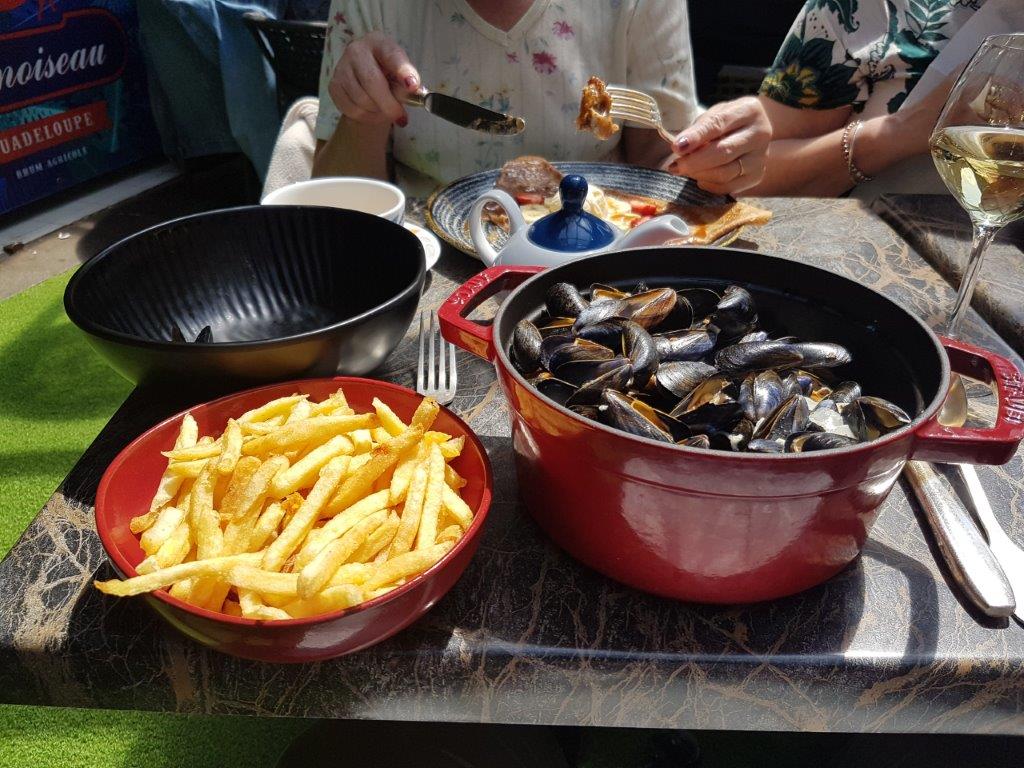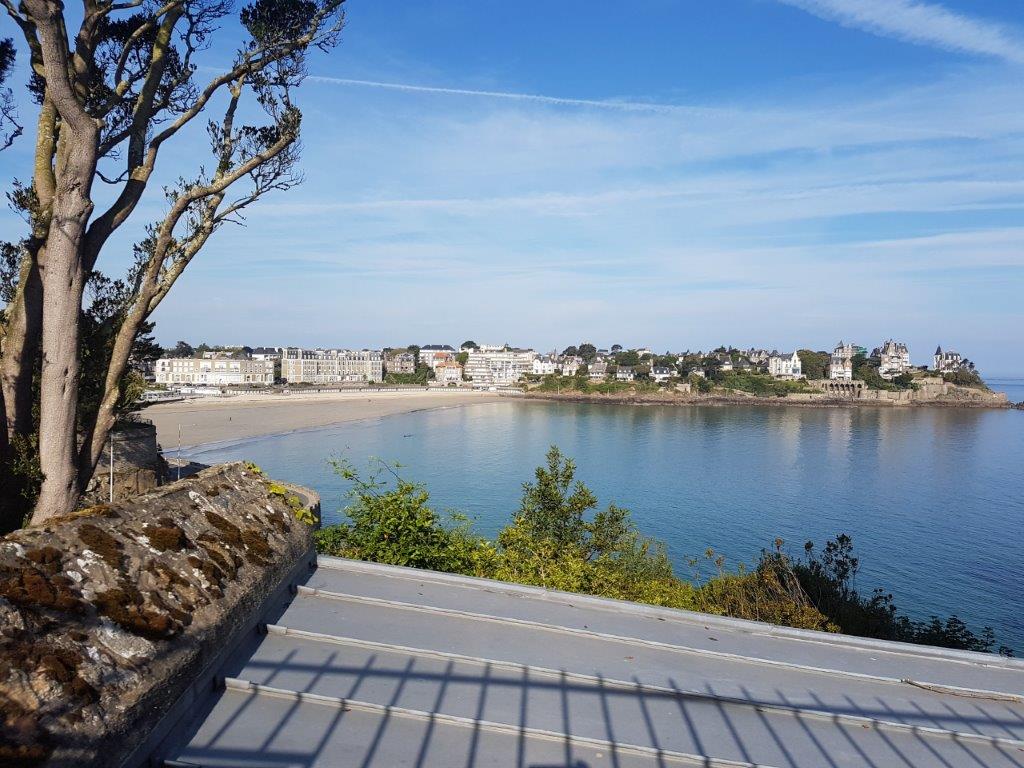Day 1
We depart by coach from York for Manchester Airport in time for our flight to Nantes, where we are met by our local coach. We continue to our comfortable accommodation in Concarneau on Brittany’s south coast. Concarneau is one of France’s largest fishing ports and is a haven for artists. The medieval walled town is also one of the most photographed in Brittany.
Dinner is served in the evening.
Day 2
After breakfast, we spend the day touring the rugged west coast of Brittany, with a visit to the port of Douarnenez, where we have an opportunity for lunch (not included), followed by a visit to the Cairn of Barnenez near Plouezoc'h on the Kernéléhen peninsula. This dates to the early Neolithic period, about 4500 BC, and is considered to be one of the earliest megalithic monuments in Europe. The cairn is 72m long, up to 25m wide and over 8m high. It is built of 13,000 to 14,000 tons of stone and contains 11 chambers entered by separate passages. Engraved symbols occur in several of the chambers and passages, depicting bows, axes, wave symbols or snakes and a repeated U-shaped sign. Pottery shards found outside the monument indicate that it was reused in the Bronze Age.
We return to our hotel, where dinner is served in the evening.
Day 3
After breakfast this morning we travel east to Carnac, where we will explore this extensive megalithic site. There are more than 3,000 stones here, consisting of alignments, dolmens, tumuli and single menhirs, hewn from the local rock and erected by the pre-Celtic people of Brittany, the largest such collection in the world. Local tradition claims that the reason they stand in such perfectly straight lines is that they are a Roman legion turned to stone by Merlin - Brittany has its own local versions of the Arthurian legends. A Christian legend associated with the stones held that they were pagan soldiers in pursuit of Pope Cornelius when he turned them to stone. The stones were erected at some stage during the Neolithic period, probably around 3300 BC, but some may date to as old as 4500 BC. We will also visit the nearby Museum, which holds many of the artefacts found in the area.
After an opportunity for lunch (not included) in Vannes, we will spend the afternoon touring around the Gulf of Morbihan area, where there a number of other archaeological sites.
Dinner is served back at our hotel in the evening.
Day 4
Following breakfast we check out of our hotel and transfer to Dinard, breaking our journey with visits to two châteaux, the first being the Château de Josselin. This splendid residence inhabited by the Rohan family for almost a thousand years stands on the banks of the Oust river, in the heart of the Morbihan area. Come and discover or while away the hours in the tree-lined grounds. With its three majestic towers overlooking the river, its sumptuous, flamboyantly designed gothic-style façade and its richly decorated interiors, the château is a remarkable testimony to feudal architecture and the Renaissance era. The dining room is set out in the decorative style that was fashionable in the late 19th century, and strongly inspired by the Middle Ages. A collection of family portraits are on display in the antechamber and you can also admire a splendid monumental fireplace dating back to the early 16th century, in the large sitting room.
Our second visit is the austere yet impressive Château de Combourg, which became famous in the 18th century as the home of François-René de Chateaubriand, the writer, politician, diplomat and historian who founded Romanticism in French literature. Archeological finds show that the village already existed during the Gallo-Roman period. Guingené, the Archbishop of Dol de Bretagne, built the fortress in the early 11th century and it was modified during the 13th, 14th and 15th centuries, yet the austere appearance was maintained throughout. Four massive round towers topped with pepperpot roofs mark the corners and small apertures pierce the tall walls. The castle is set is a beautiful landscaped park and boasts superb views of the Lac Tranquille.
We will arrive at our hotel in Dinard on the north coast of Brittany in the late afternoon. Dinner will be served in the evening.
Day 5
After breakfast we explore the surrounding area, first travelling east to Mont St Michel, the iconic jewel of northern Brittany. Recent remodeling of the car and coach parks has restored the Mont’s island status and now only electric shuttles are permitted to cross the causeway. Mont St Michel presents a vivid contrast between the gaudy tourist shops and pancake parlours that line the path leading up to the top of the hill and the beautiful, austere Abbey that perches there, with stunning views over the bay.
Next we visit St Malo, the ‘Ville Corsaire’ (Pirate City) at the mouth of the River Rance. This bustling port has always been famed for its intrepid mariners and indeed it was some far-from-home ‘Malouins’ who gave their name to Las Malvinas – better known to us as the Falkland Islands. Extensive damage during the Second World War meant that much of the walled city was rebuilt and today it presents an impressive outline. Within the walls are a host of shops and restaurants, so this will be our lunch stop (not included).
Travelling a little way inland along the banks of the Rance we come to Dinan, which features a well preserved, half-timbered mediaeval centre, where the aroma of freshly cooked ‘galettes bretonnes’ fills the air.
Finally we return to Dinard itself, a once-chic seaside resort whose glory days may lie in the past but still lend the town a delightful faded glamour.
We return to our hotel, where dinner will be served in the evening.
Day 6
Today, after breakfast, we check out of our hotel and transfer to the airport at Rennes for our return flight to Manchester, where on arrival we are met by our coach for our return transfer to York.
Included in price
- Five nights’ hotel accommodation on a dinner, bed and breakfast basis; three nights at hotel in Concarneau and two nights at a hotel in Dinard. All rooms have private facilities
- Welcome drink
- Flights from Manchester to Nantes and Rennes to Manchester
- Return coach transfers from York to Manchester and comfortable coaching in France
- Visits to the Cairn of Barnenez, Carnac Site and Museum, Château de Josselin, Château de Combourg, Mont St Michel, St Malo, Dinan and Dinard
- Services of Clive Warsop as tour manager
- Tips
Not included (per person)
- Single room supplement £325.00
- Insurance

